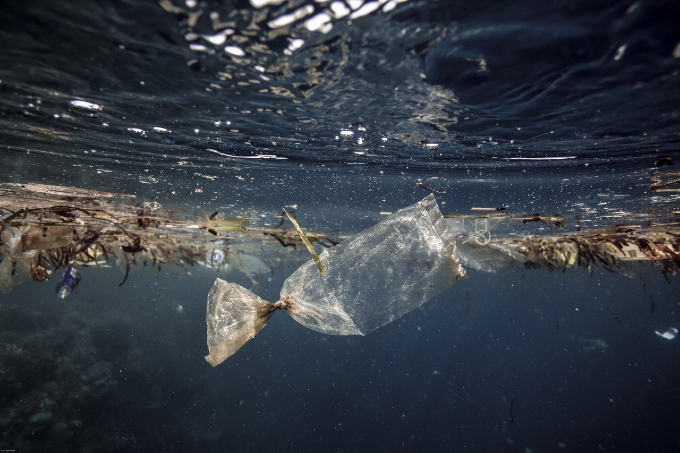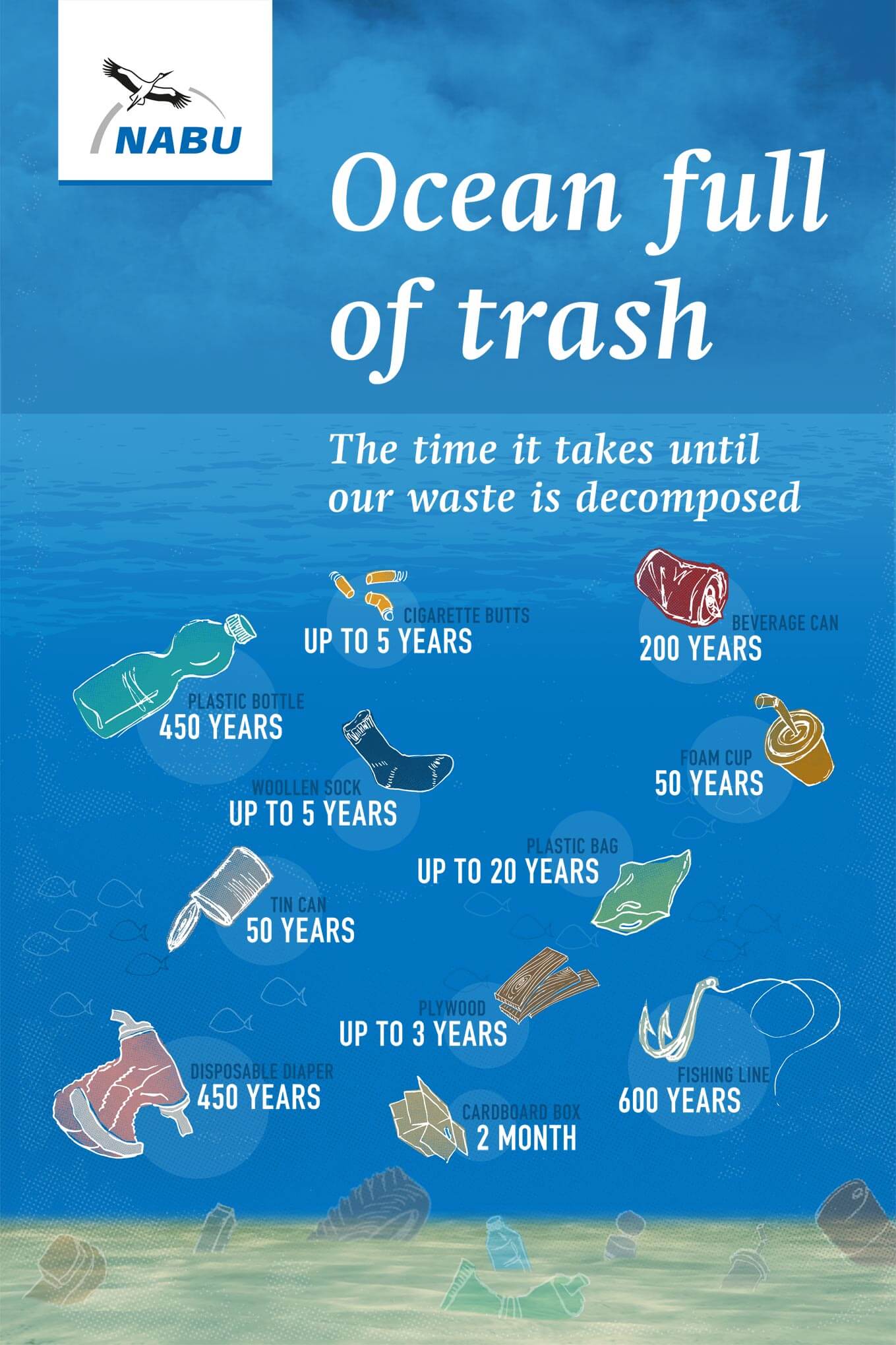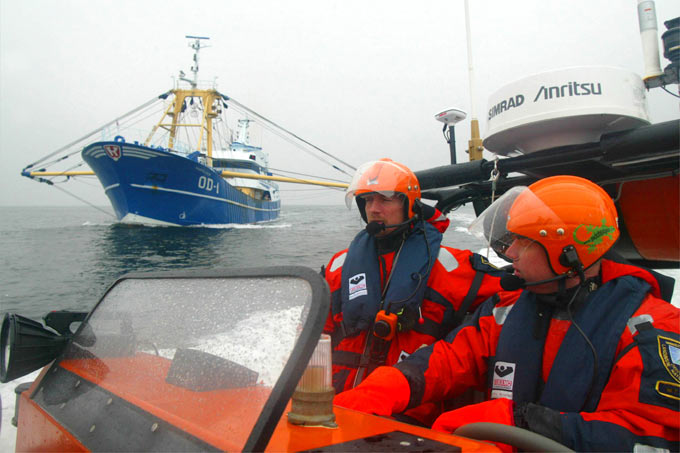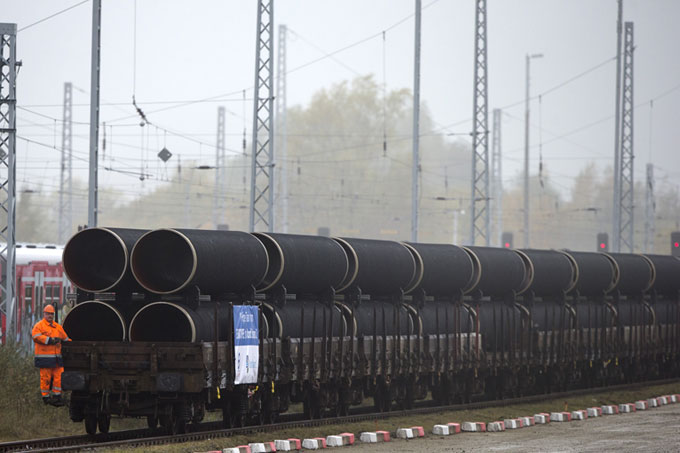10 Essential Q&As About the Trash in our Oceans
...and more you need to know about sea pollution.
1. How does the trash end up in the sea?
Inflows from the land account for roughly 80% of the global input.
The other 20% can be accounted to shipping and fishing (the latter often due to lost equipment) and off-shore industry (such as oil and gas rigs, marine research sites, aquaculture facilities etc.)
2. What are the biggest sources on land contributing to sea pollution?
The major share of input stems from...
- municipal sewage,
- leaching from landfills,
- waste illegally dumped in the landscape,
- tourism.
Rivers and high tides do the rest — they carry the swimming waste into the oceans.
3. How long does it take for waste to be broken down naturally in the ocean?
The waste in the oceans consists of approximately 75% plastic. It is nearly impossible for plastic to decompose naturally in the sea. If it breaks down at all, it does so by gradually breaking into smaller parts or particles. Salt water, sun and friction shred the plastic into ever smaller chunks over a course of decades or even centuries. See our below graphic for decomposition times of typical litter polluting our seas.
Click the image to enlarge.
4. Why is plastic in our oceans so dangerous?
Salt water, sun and friction do break down the plastic waste over time — but it is a very slow process during which toxic substances are released into the sea. Furthermore, plastic particles bind environmental toxins dissolved in the water on their surface, such as the insecticide DDT or polychlorinated biphenyls (PCBs). Many sea creatures mistake the plastic litter for food, and hence devour or filtrate the waste without being able to digest it. Another great risk to marine life is lost fishing equipment; animals get entangled in nets or ropes and die an agonizing death — starving or suffocating due to immobilisation.
5. What's the scale of the global sea pollution?
300 megatons of plastic are produced annually. More than 10 megatons end up in our oceans as litter (source: UNEP). As per today, an estimated 18,000 parts of plastic debris are floating on one square kilometre of the ocean's surface.
(1 megaton ≙ 1.000.000 tons)
6. How is the litter spread out across the oceans?
15 per cent of the waste floats on the surface. More than 70 per cent sink to the bottom of the sea. The remaining 15 per cent are washed up on the shores.
7. How affected are the North Sea and the Baltic Sea?
Approximately 20,000 tons of waste end up in the North Sea each year. OSPAR, the convention for the marine environmental protection of the North-East Atlantic, found in their research that an average of 712 pieces of rubbish are found along 100 meters of North Sea coastline.
As for the Baltic Sea, reliable data is still missing. Initial research performed by NABU showed 90 pieces on Fehmarn and 41 pieces on Rügen per 100 meters of beach. The Leibniz Institute for Baltic Sea Research found up to 404 pieces of litter on a comparable stretch of the German Baltic coast in 2016.
8. Why do animals eat plastic waste?
Many sea creatures mistake plastic for their natural food. For example, turtles see plastic bags as jellyfish. Sea birds take plastic parts for squid shells. They devour these indigestible pieces and feed them to their young ones. Research has shown that the smell of algea on plastic attracts sea birds and adds to the likelihood of confusion.
9. What is a marine garbage patch or trash vortex?
The so-called garbage patches (also marine debris gyres or trash vortexes) are a peculiar phenomenon. Worldwide, five hydrographic gyres exist in the oceans. Their currents have amassed gigantic amounts of debris in their centers. The biggest and most infamous of these concentrations is called the Great Pacific Garbage Patch. It is located in the Northern Pacific and has grown to the size of Central Europe. Between the gyres, other ocean currents move the litter around.
10. What is the goal of the project "Fishing for Litter"?
Fishermen and -women are equipped with large bags enabling them to collect litter caught up in their nets and transport it to the nearest port. There, containers are set up for the disposal. The waste is then processed and documented in a thorough process. This allows for the gathering of information about composition and origin of the litter.
This helps develop effective measures to reach the goals of the Marine Strategy Framework Directive (MSFD) issued by the European Commission — clean, healthy and productive oceans. For example, Fishing for Litter offers a recycling service for old fishing nets. To dispose of them sustainably requires a very special procedure involving manual disassembly.
related
Since its introduction in 1983, the Common Fisheries Policy (CFP) of the European Union (EU) has neither been successful in regulating fishing nor ending constant overfishing. more →
The ecology of the Baltic Sea is in bad shape, as typical habitats are under threat or have already completely disappeared. According to the current plans, Nord Stream 2 will pass through five protected areas, despite there being no urgent need for an increased gas supply. more →




